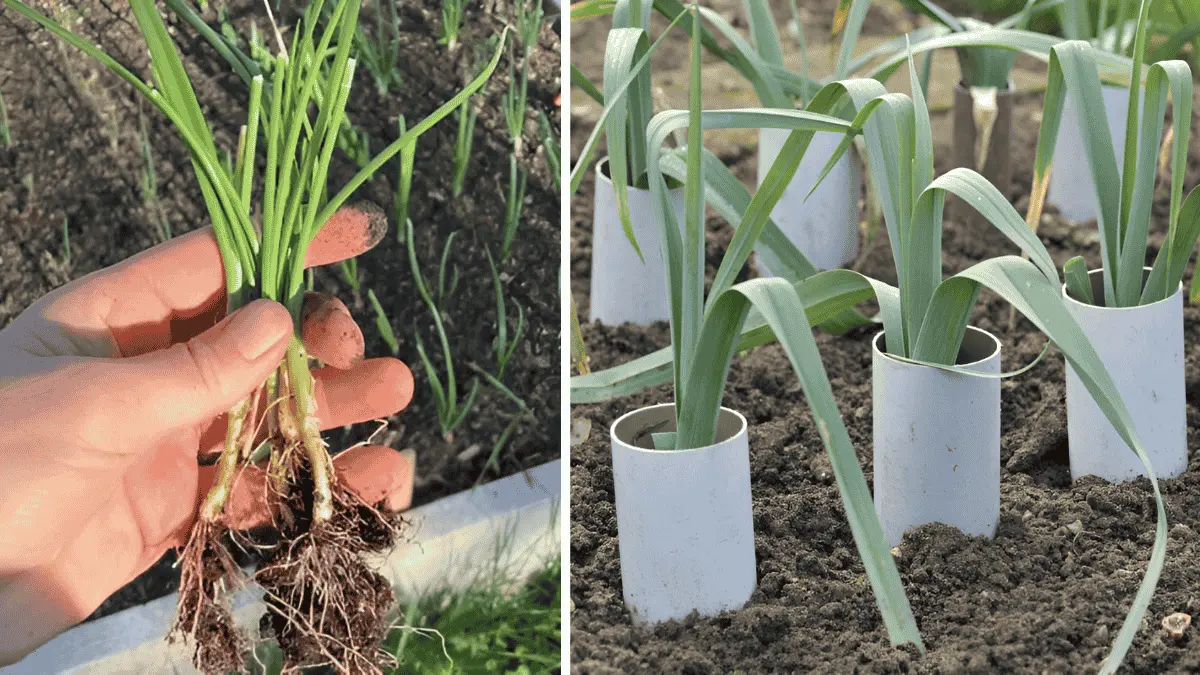Leeks are a flavorful, hardy vegetable that add depth to soups, stews, and a variety of savory dishes. If you’re short on garden space or want to try your hand at container gardening, leeks are a great choice. Starting leeks from seed in pots may seem challenging at first, but with the right approach, it’s a simple and rewarding experience.
This guide will walk you through everything from choosing the right container to harvesting your homegrown leeks.
Choosing the Right Container
Leeks have long, straight stems that grow best in deep, narrow containers. While you don’t need a large garden bed, you do need a pot that gives the roots and shanks enough room to develop.
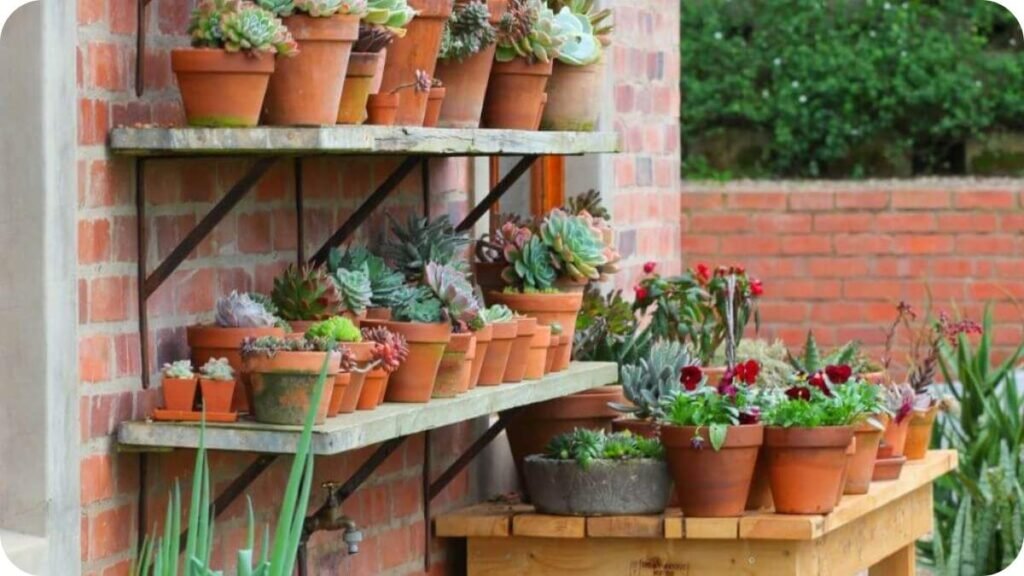
Container Guidelines:
| Container Feature | Ideal Specification |
|---|---|
| Depth | At least 10–12 inches |
| Diameter | Minimum 12 inches |
| Material | Plastic, clay, or fabric |
| Drainage | Must have several holes |
Fabric pots or large plastic containers work well because they retain moisture while allowing airflow.
Selecting and Sowing Seeds
Leeks are typically grown from seed rather than starts. Starting them indoors gives you a head start, especially in cooler climates.
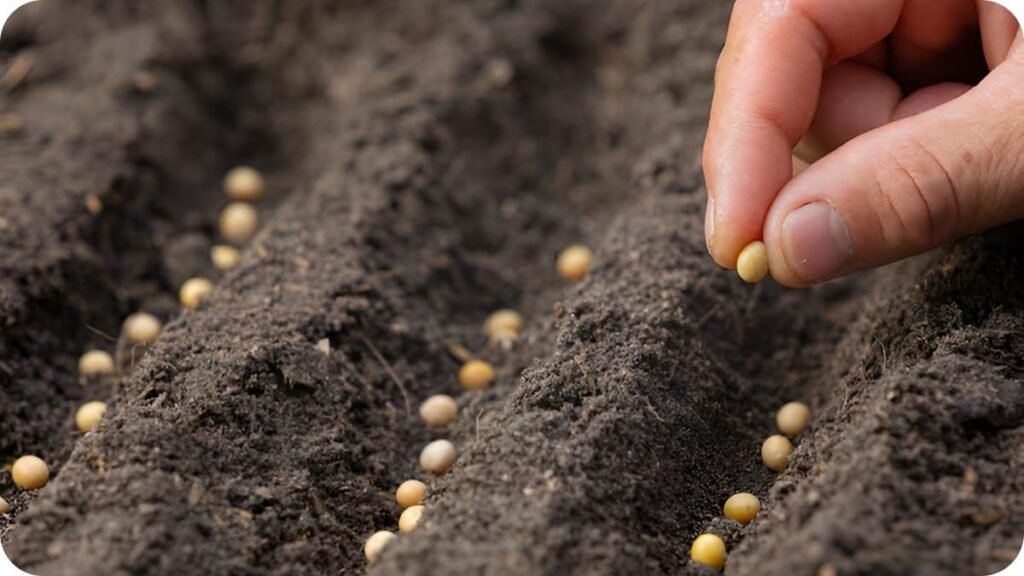
When to Start Seeds
Begin sowing leek seeds indoors about 10–12 weeks before your last expected frost date. For many U.S. regions, that means starting them in late winter or early spring.
How to Sow Leek Seeds
- Fill seed trays or small pots with a quality seed-starting mix.
- Sow seeds ¼ inch deep, spaced about ½ inch apart.
- Mist gently with water and cover lightly with soil.
- Place in a warm spot (65–75°F) with good light.
Germination usually takes 10–14 days. Once seedlings are 4–6 inches tall and as thick as a pencil, they’re ready for transplanting.
Transplanting Seedlings to Pots
After the last frost and once your leeks are pencil-thick, you can move them into larger pots outdoors.
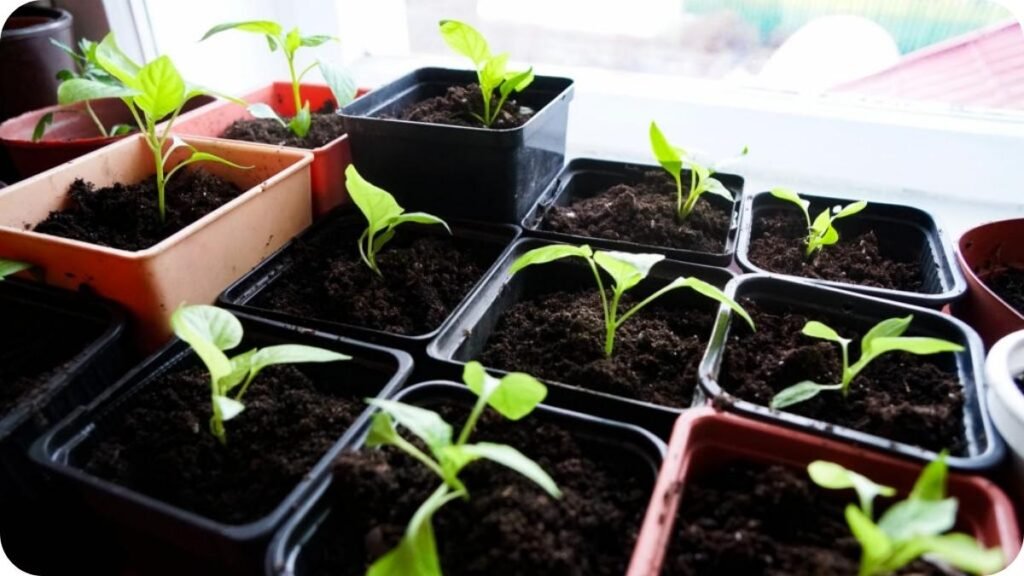
Transplanting Steps:
- Prepare your pot with rich, well-draining soil. Mix compost and a balanced organic fertilizer into the potting mix.
- Create deep holes, about 4–6 inches apart, using a dibber or the end of a wooden spoon.
- Trim roots and tops of seedlings slightly. This helps reduce transplant shock and encourages strong growth.
- Drop the seedlings into the holes without backfilling. Water well soil will settle in naturally.
Spacing is important. Crowded leeks won’t develop those thick, white shanks you’re looking for.
Caring for Potted Leeks
Leeks are low-maintenance, but they do require some consistent attention to grow properly.
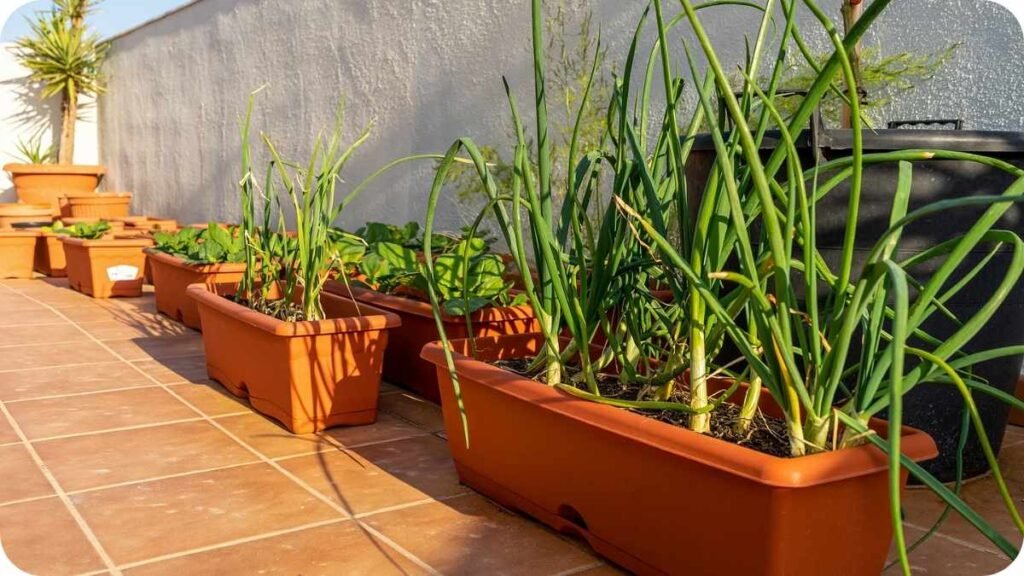
Watering and Feeding
Leeks like steady moisture. Don’t let the soil dry out completely, especially during warm months.
| Care Aspect | Best Practice |
|---|---|
| Watering | Keep soil moist but not soggy |
| Fertilizing | Apply liquid fertilizer every 2–3 weeks |
| Mulching | Use straw or compost to retain moisture |
You can also “hill” the soil (pull soil up around the base of the plant) or add mulch to encourage longer white stems.
Dealing with Pests and Problems
While leeks are fairly resistant to pests, there are a few issues to watch for.
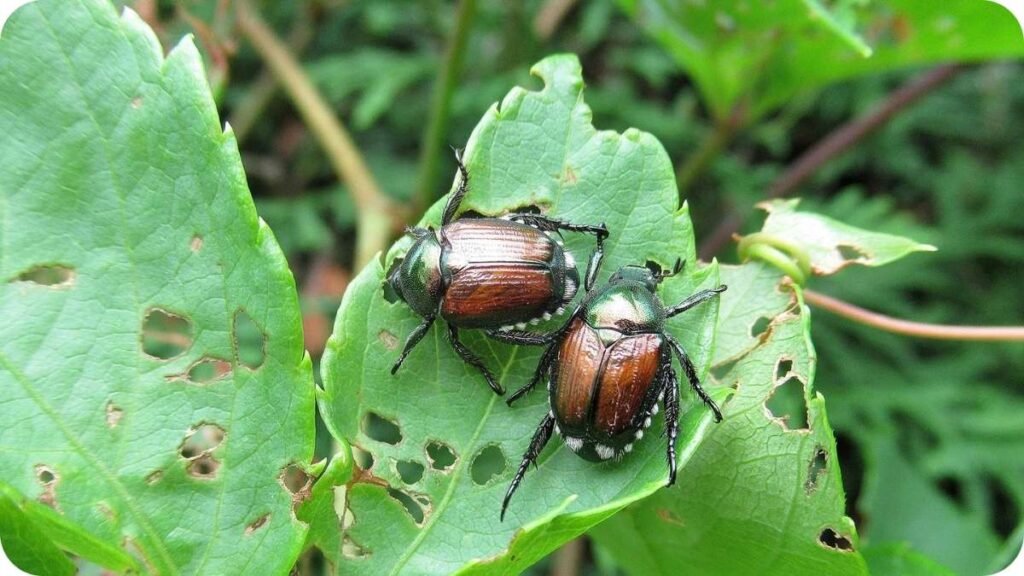
Common Issues:
| Problem | Solution |
|---|---|
| Leek Moth | Use row covers or keep indoors early on |
| Aphids | Spray with soapy water or neem oil |
| Fungal Diseases | Improve air circulation and avoid wet leaves |
Pots help minimize many soil-borne issues, but good hygiene and crop rotation still matter even on a balcony.
Harvesting Your Leeks
Depending on the variety, leeks can take between 100–150 days from sowing to harvest. You can harvest them small (baby leeks) or let them grow to full size.
Harvesting Tips:
- Use a garden fork or gently twist and pull.
- Harvest in stages leeks can stay in the soil until needed.
- Clean well, removing outer leaves and soil from between layers.
Leeks can handle light frost, so there’s no rush to pull them all at once.
Varieties to Try in Pots
Some leek varieties are better suited to containers and shorter growing seasons.
| Variety Name | Best Feature |
|---|---|
| ‘King Richard’ | Fast-growing, early variety |
| ‘Tadorna’ | Cold-hardy and disease-resistant |
| ‘Bandit’ | Very hardy, great winter leek |
Choose a variety based on your local climate and desired harvest time.
Final Tips for Success
Growing leeks in pots is all about planning ahead and maintaining consistent care. A few final tips:
- Use deep containers with good drainage.
- Keep them watered and fertilized regularly.
- Don’t crowd give each plant room to develop.
- Harvest gradually for continued use in the kitchen.
Homegrown leeks offer a sweeter, more complex flavor than store-bought ones, and container gardening makes them accessible even in small spaces.
Frequently Asked Questions (FAQs)
1. Can I grow leeks in pots indoors year-round?
Yes, if you have a sunny windowsill or grow lights. However, leeks prefer cooler temperatures, so results may vary indoors in summer.
2. How many leeks can I grow in a single pot?
In a 12-inch diameter pot, you can grow about 4–6 leeks, depending on the final size you want.
3. How long do leeks take to grow from seed?
Leeks take anywhere from 100 to 150 days from seed to harvest, depending on variety and growing conditions.
4. Do leeks grow back after cutting?
No, leeks do not regrow once harvested. However, you can replant the base/root section in water to grow greens.
5. What type of soil is best for leeks in containers?
Leeks prefer rich, loose soil with good drainage. A mix of potting soil, compost, and a bit of sand or perlite works well.
